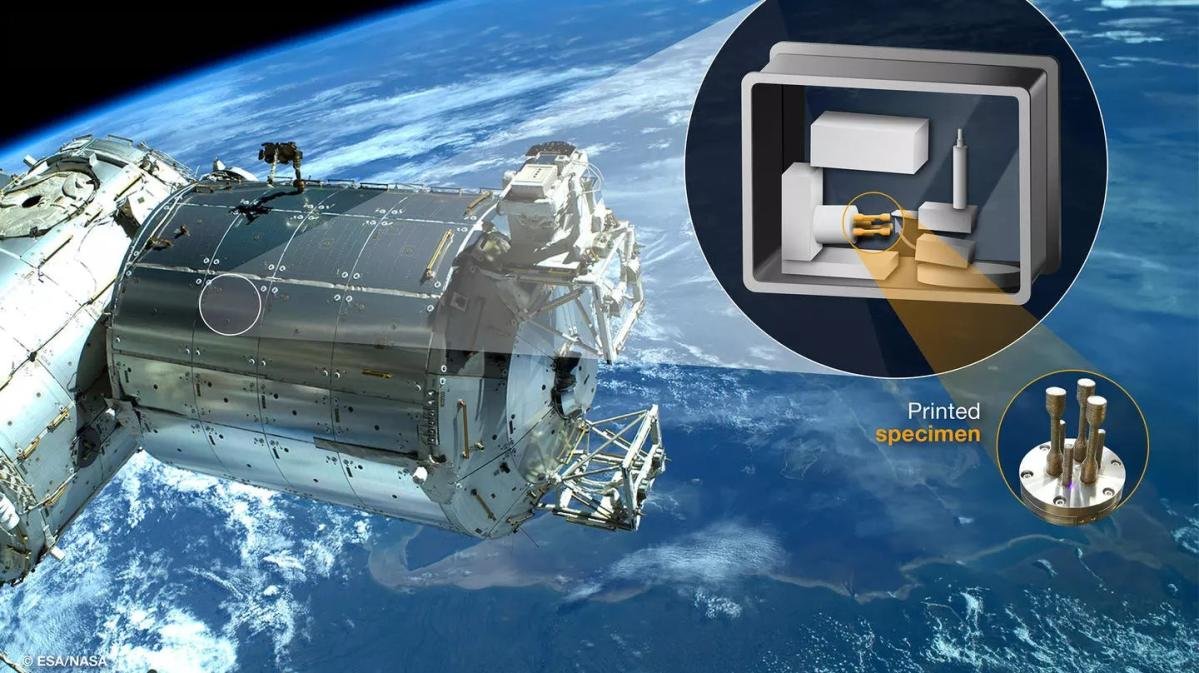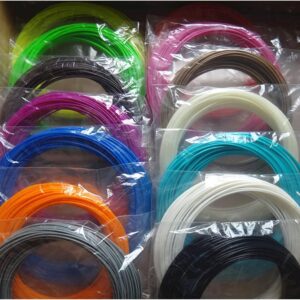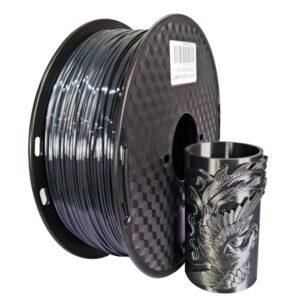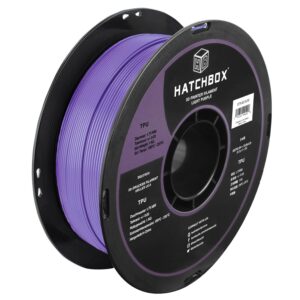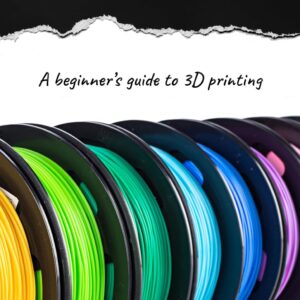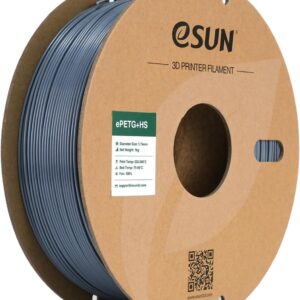The first metal 3D printer developed for space will soon be tested on the International Space Station (ISS). In collaboration with French metal 3D printer manufacturer AddUp, Airbus, Cranfield University and Italian aerospace engineering company Highftech, the printer is being tested on the Columbus module as a preliminary test that could eventually lead to 3D printing for the Manufacturing in space and beyond is used in missions to the Moon or Mars. According to Airbus, the program was funded by the European Space Agency (ESA).
The ISS is already home to a number of plastic 3D printers – the first came on the market almost a decade ago – and astronauts use additive manufacturing to replace and repair parts. Despite advances in plastics, the materials can’t do everything, and the logistics of transporting metal parts into space are inconvenient and expensive. While the raw material is still being transported to its destination, a metal printer can print an almost unlimited variety of parts. However, while research continues Use of regolith and other natural resources available on the Moon and Mars for 3D printing parts, the day may come when we don’t even need to transport the raw materials.
Most read on IEN:
According to Airbus Space Assembly lead engineer Gwenaëlle Aridon, the metal 3D printer will offer new on-orbit manufacturing capabilities, such as producing load-bearing structural parts. Astronauts will also be able to directly manufacture tools such as wrenches, assembly interfaces and mechanical components.
Still, metal 3D printing in space is quite different and more sophisticated than modern terrestrial efforts. For example, metal printers on Earth are quite large and are housed in laboratories of at least ten square meters. The prototype flying to the ISS had to be downsized and is about the size of a washing machine, according to Sébastien Girault, systems engineer for metal 3D printers at Airbus. The printer’s footprint is 80cm x 70cm x 40cm, and Girault says it can produce parts nine centimeters high and five centimeters wide. The printer uses stainless steel wire as raw material.
The story goes on
The plan is to print four parts in space; Each job takes approximately 40 hours.
A look inside the first metal 3D printer on the ISS.
A look inside the first metal 3D printer on the ISS.airbus
Another challenge is security. Metal 3D printing is an industrial process that uses a laser to generate a lot of heat. The printer is housed in a metal housing. However, the melting point of some of these metal alloys can exceed 1,200 °C.
Gravity management is also essential, which is why the printer uses wire-based printing technology that is independent of gravity, unlike powder-based systems.
Fumes are also a problem as some metal filaments, including stainless steel, can release volatile organic compounds (VOCs) or metal oxides, which can be harmful to health. Filters trap the fumes inside the machine so that they do not contaminate the air in the ISS.
